Emely Garcia, nuestra Gerente de Programas de Playas, resume algunas actividades que podemos hacer para celebrar el Mes de la Tierra mientras continuamos con las prácticas de distanciamiento físico.
¿Sabías que 2020 marca el 50 aniversario del Día de la Tierra? En medio de todos los cambios, estamos pensando en todas las formas que podamos celebrarlo durante todo el mes de abril.
Si estás buscando una actividad impactante para tí y los miembros de tu hogar, te sugerimos una limpieza y un juego de buscar el tesoro en tu vecindario. Los suministros son mínimos, es una excelente manera de realizar alguna actividad física, y puede obtener una comunidad bella y limpia mejor de la que encontró.
He reunido algunos consejos e instrucciones para una limpieza de vecindario, una búsqueda de tesoro y más formas de involucrarse a continuación. ¡Feliz mes de la Tierra 2020!
Limpieza de barrio
Antes de comenzar tu limpieza:
1. Reúne materiales
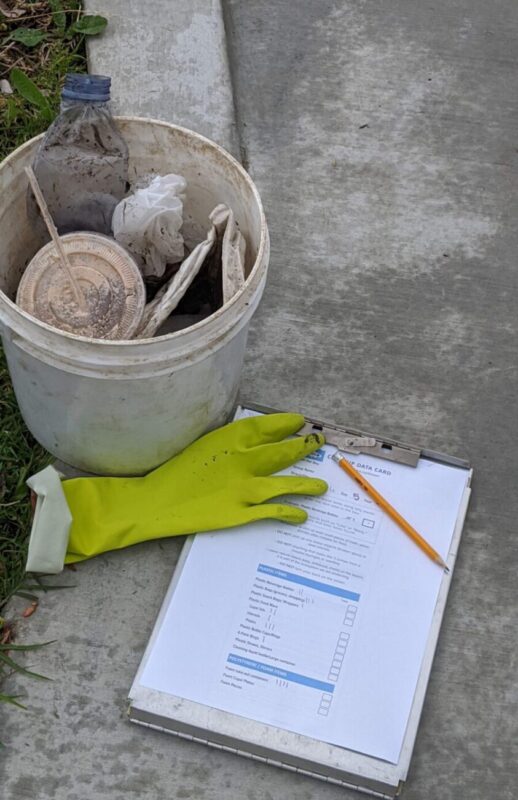
- Suministros de limpieza: guantes de trabajo para proteger tus manos y una cubeta o bolsa para recoger la basura son las herramientas perfectas para una limpieza exitosa. No recojas la basura si no usas guantes.
- Protección: se recomienda usar equipo de protección solar, como sombreros, gafas de sol, y ropa transpirable.
- Elementos esenciales: Empacar un botiquín de primeros auxilios, una botella de agua reutilizable llena y algunos de tus refrigerios favoritos para mantenerte seguro e hidratado.
- Herramientas de rastreo de basura: descarga la aplicación Marine Debris Tracker App en tu dispositivo móvil o imprime nuestra tarjeta de datos de limpieza Cleanup Data Card y toma un lápiz para rastrear tus hallazgos.
2. Seguridad primero
- Mira nuestro Video de seguridad de limpieza Cleanup Safety Video o lee nuestra Seguridad de limpieza Cleanup Safety. Habla en voz alta con tu equipo de limpieza. Ten una breve discusión al final para asegurarte de que todos entienden los consejos de seguridad y lo que no se debe recoger. NO recojas desechos médicos, desechos peligrosos, guantes, máscaras, jeringas, agujas, objetos punzantes, condones, tampones, materiales de desecho, etc.
- Asegúrete de lavarte bien las manos una vez que hayas regresado a casa.
- Limita a los participantes de tu grupo de limpieza solo a las personas de tu hogar para acomodar el distanciamiento físico y ayudar a reducir la propagación de COVID-19. Si ves a otras personas mientras estás afuera, asegúrate de permanecer al menos a 6 pies de distancia. Si tú o alguien en tu hogar se siente enfermo, quédate en casa.
3. Elije tu sitio (verifica el cierre de parques, playas y senderos)
- Adhiérete a las pautas del condado y respeta los cierres y encuentra un sitio de limpieza que sea accesible para tí y todos los miembros de tu hogar.
- Algunos de los mejores lugares de limpieza podría ser la cuadra de tu vecindario, parque, arroyo o sendero con recipientes de basura cercano.
- Cuando encuentresun sitio, asegúrete de tomar una foto antes de tu limpieza.
- Recuerda que todos los desagües pluviales conducen al océano, y llevar a cabo una limpieza del vecindario ayuda a evitar que la basura con destino al océano llegue al drenaje pluvial. ¡Eso te convierte a tí y a tus seres queridos en los defensores del océano!
Después de la limpieza de tu vecindario:
-
- Toma fotos de los miembros de tu familia realizando el trabajo.
- Toma algunas fotos finales de cómo se ve tu sitio después de la limpieza.
- ¡Tira la basura colectada en el recipiente de basura más cercano y celebra tu trabajo!
- Comparte tus fotos y hallazgos etiquetándonos @healthebay y usando el hashtag #healthebay.
- Felicítense por ser parte de un increíble esfuerzo de limpieza.
Búsqueda del tesoro del vecindario
Si bien esta es una actividad divertida para todas las edades, sabemos que a los pequeños les encantará. Las posibilidades de búsqueda del tesoro en el vecindario son infinitas, pero estas son algunas de mis ideas favoritas para tu próxima caminata o limpieza del vecindario:
Cosas para detectar
- bicicleta
- flores
- Arte o un mural
- Señal de Stop
- Algo azul como el océano o el cielo
- Placas vehiculares de difernte estado
- Pájaros cantores
- Buzón
- Insectos pequeños
- Drenaje pluvial
Cosas para limpiar
- Bolsas para refrigerios o envoltorios de dulces
- Tazas o tapas
- Utensilios plásticos
- Colillas de cigarrillo
- Botellas de vidrio
- Latas de aluminio
- Latas de refresco
- Globos
- Bolsas plásticas
- Piezas de plástico
Cosas a evitar: objetos afilados, objetos pesados. Si encuentras algo que debe ser recogido por funcionarios de la ciudad, llama al 311 para informar.
Más formas de involucrarte
- Conviértete en voluntario de Heal the Bay y asiste a nuestra Orientación virtual para voluntarios Volunteer Orientation en este Mes de la Tierra.
- Regístrate para nuestras limpiezas de playa beach cleanups este verano.
- Guarda la fecha Coastal Cleanup Month 2020.
- Haz un regalo del Día de la Tierra para mejorar la bahía y dona Donate.



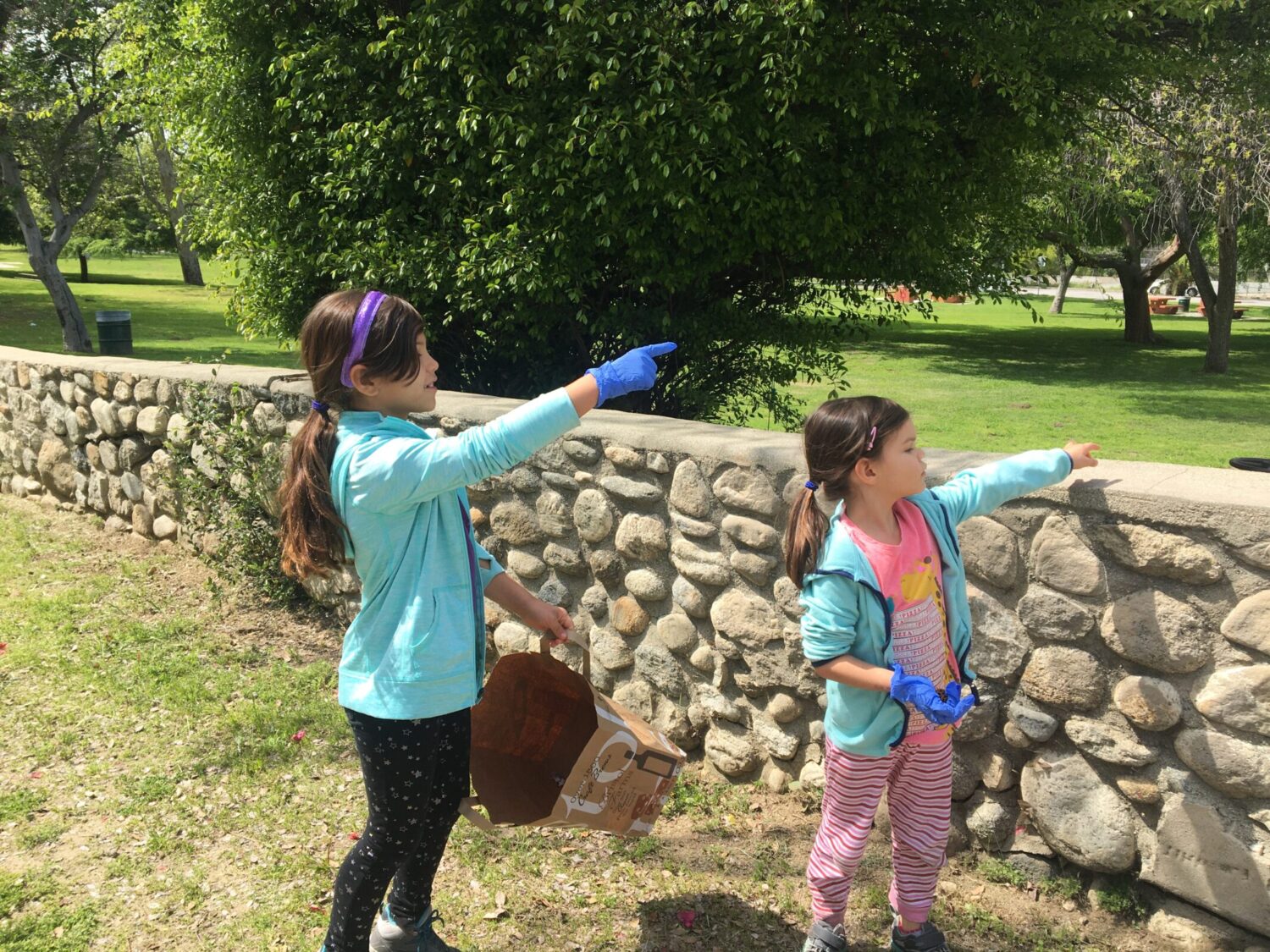
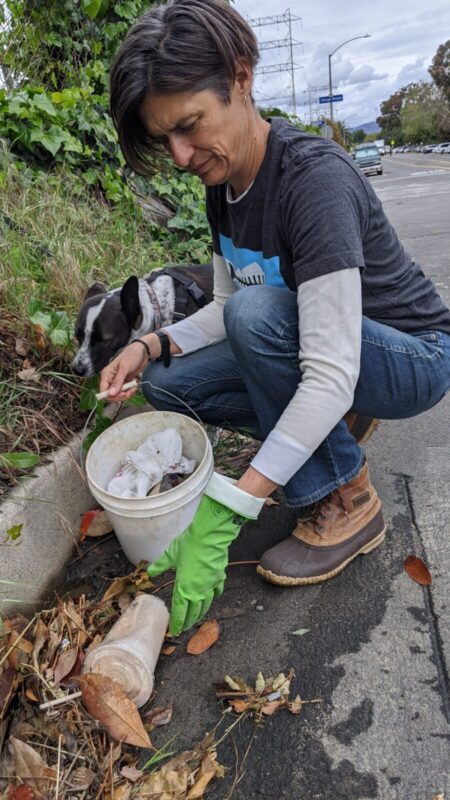
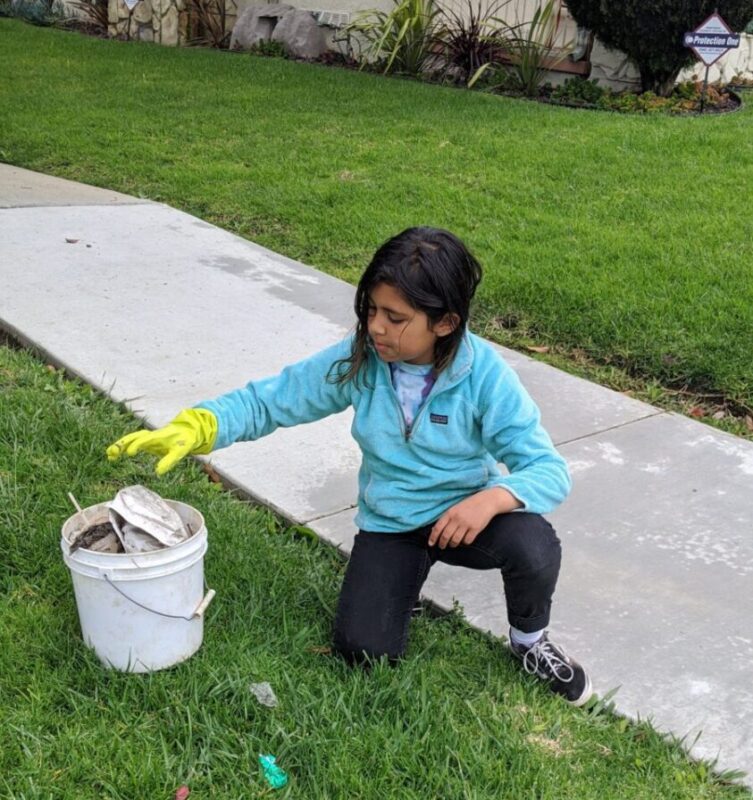
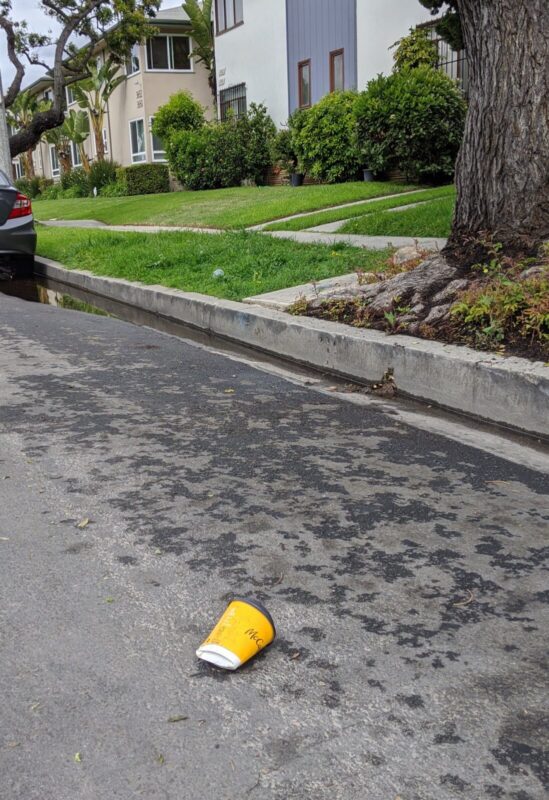
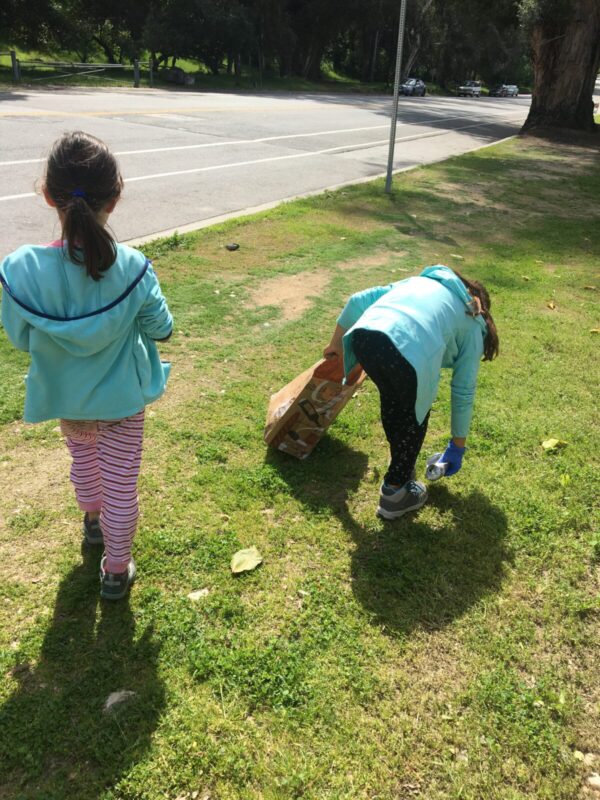
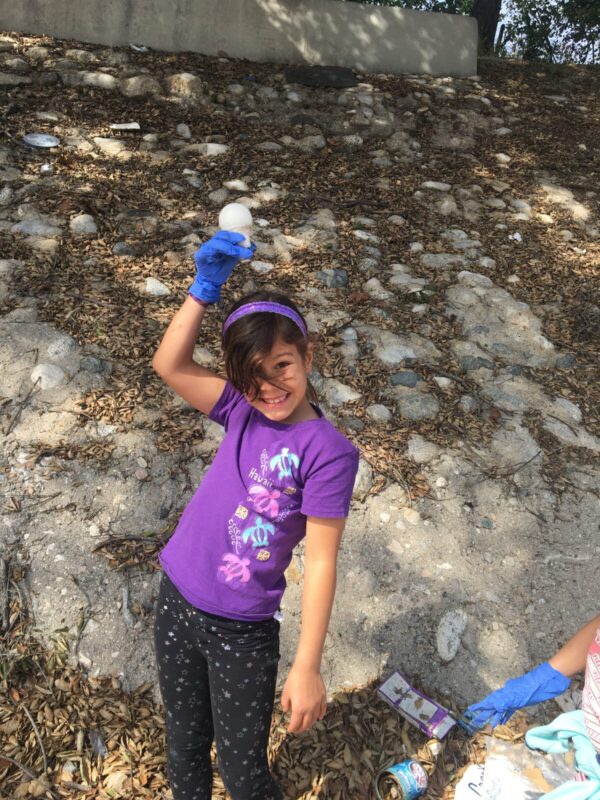
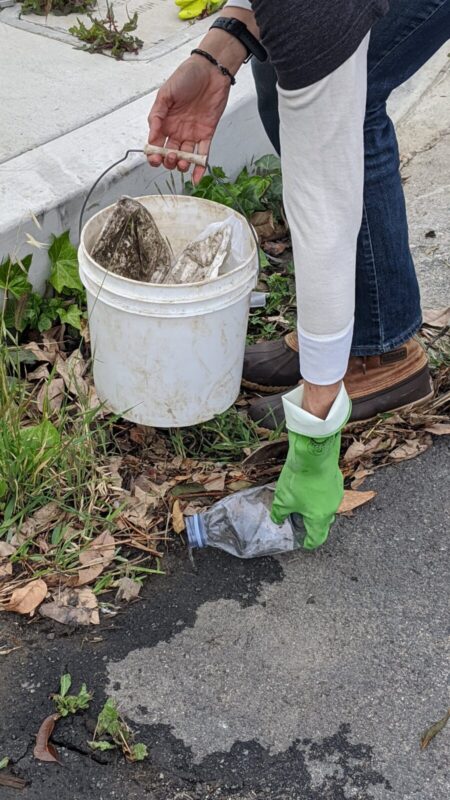
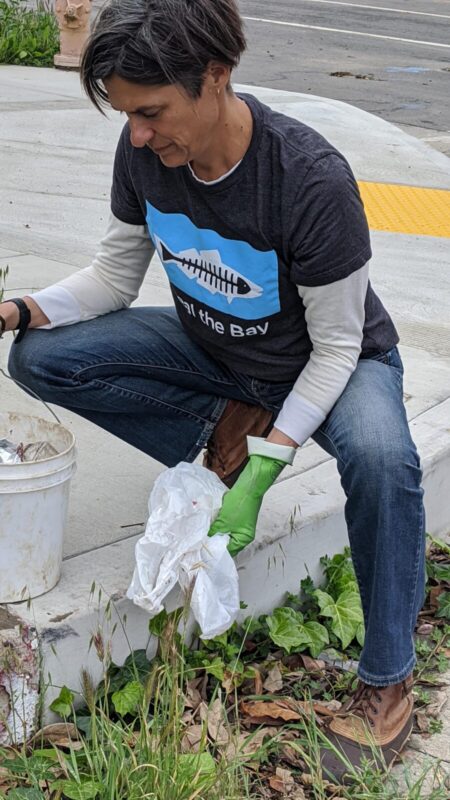


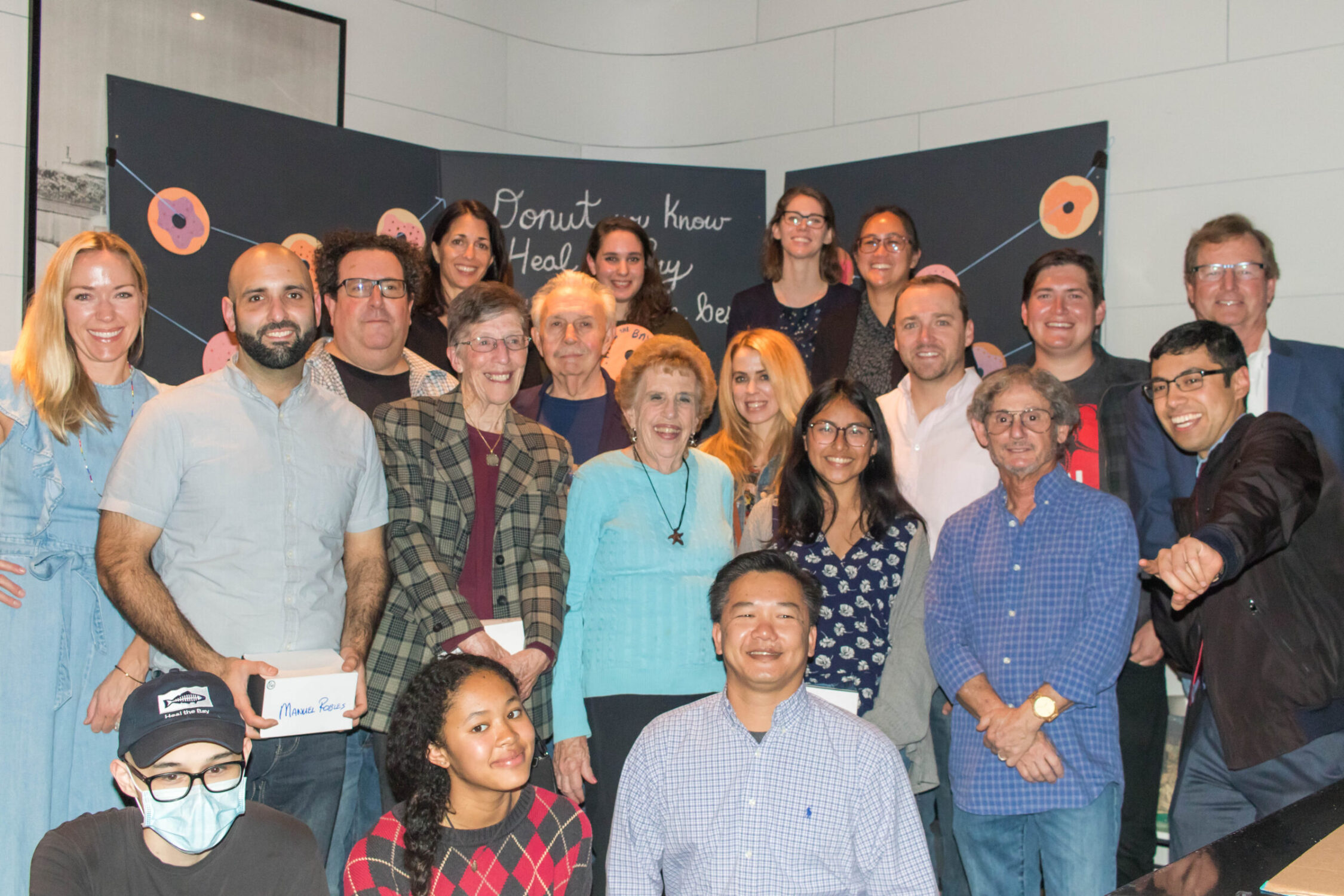
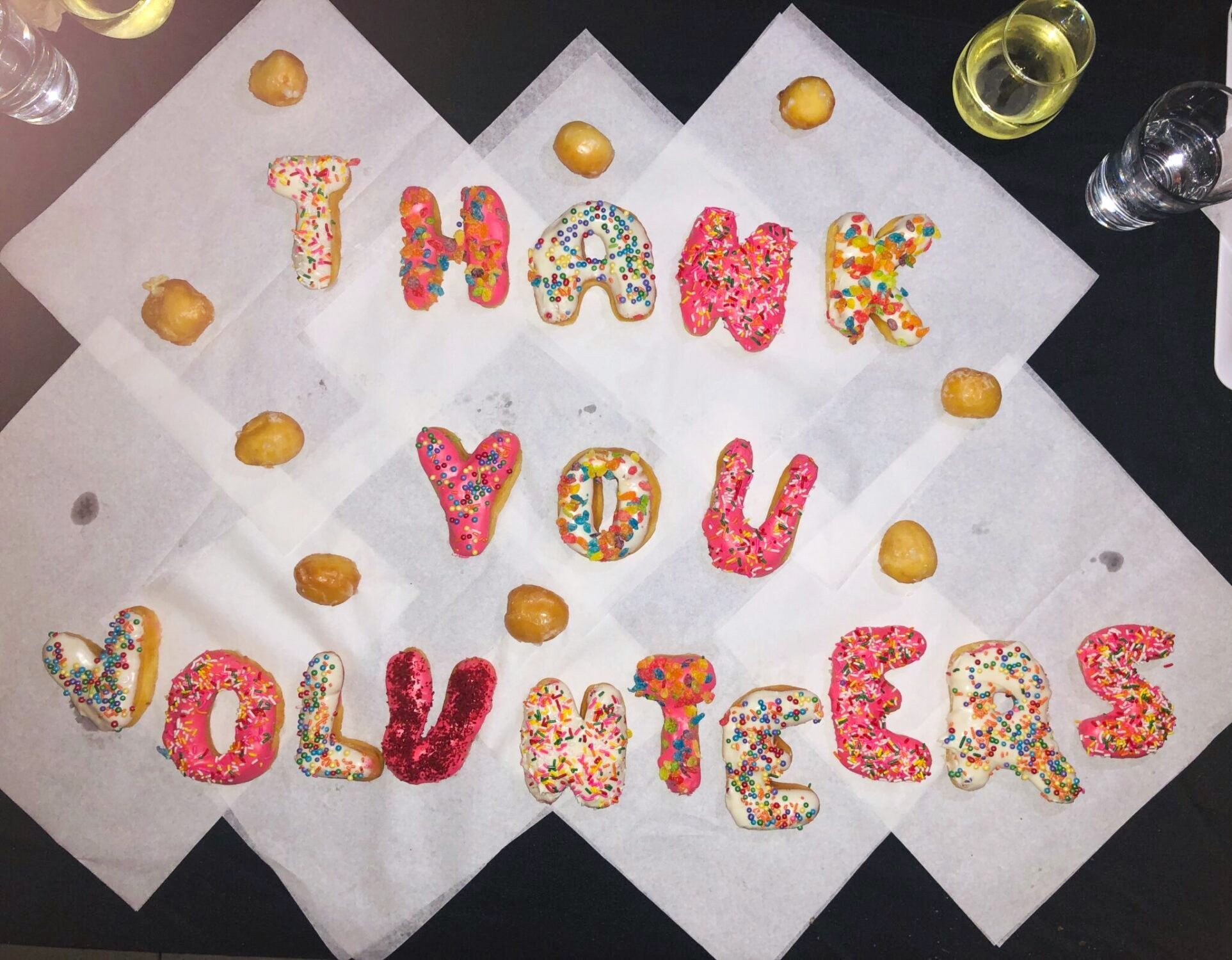
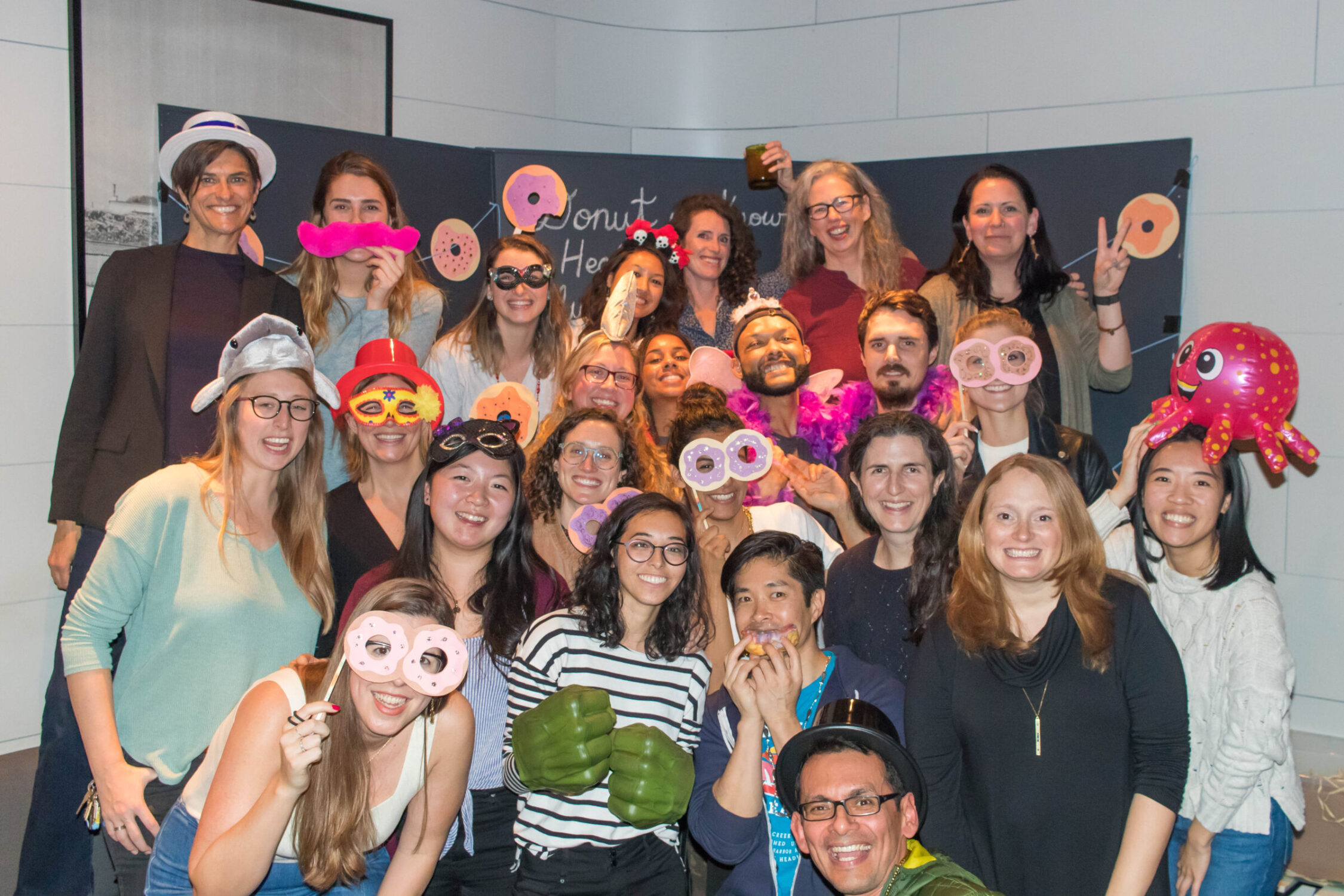
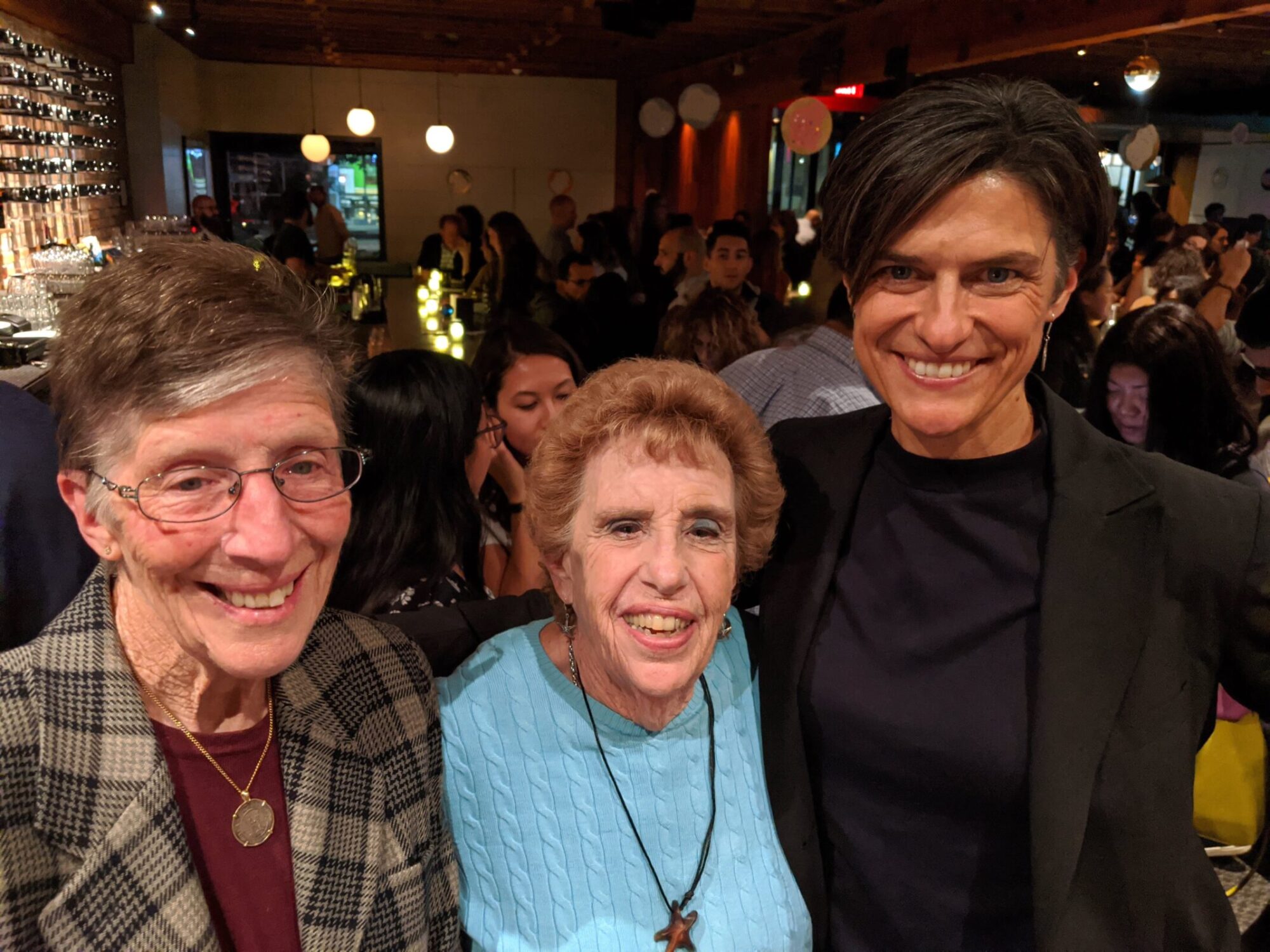
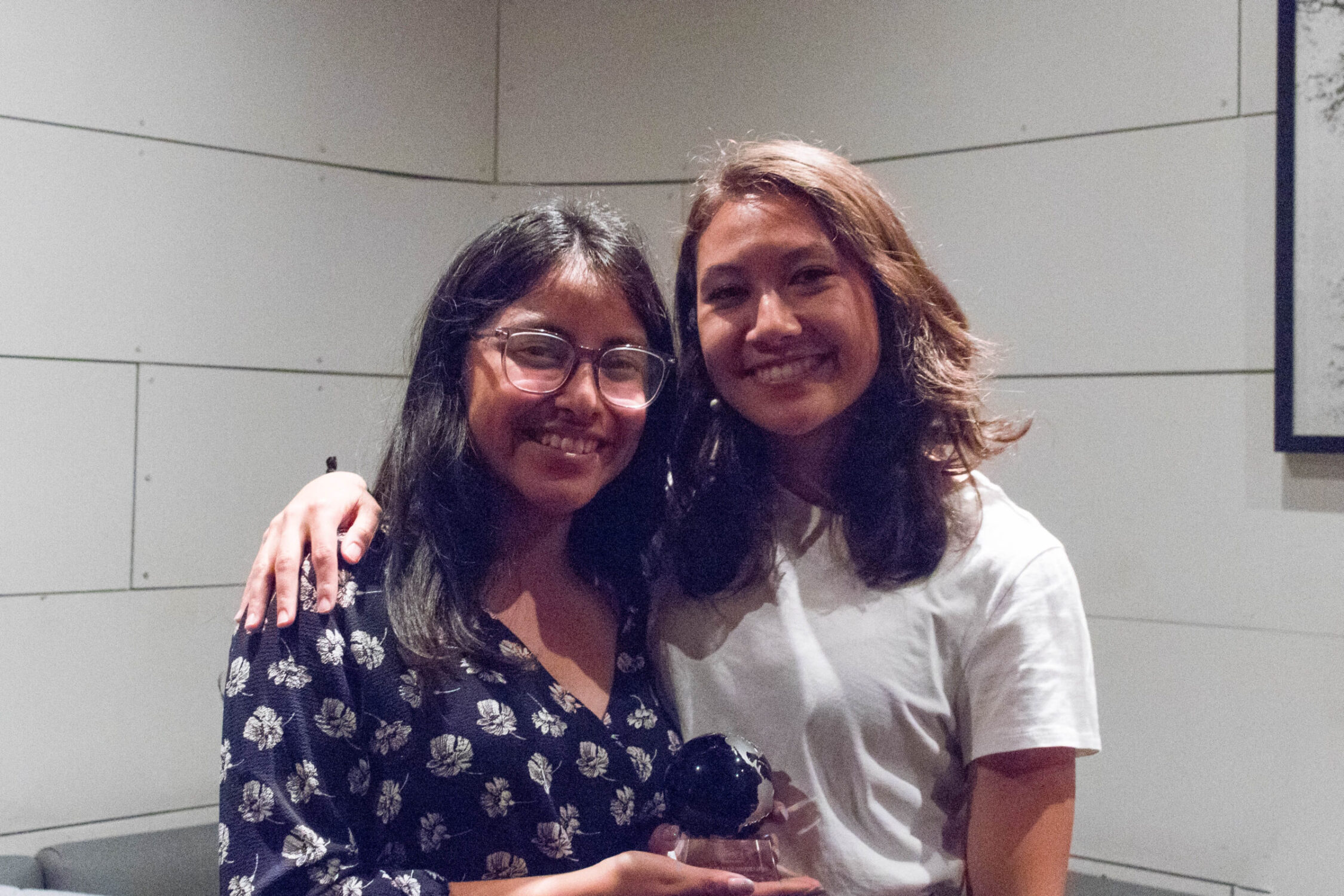
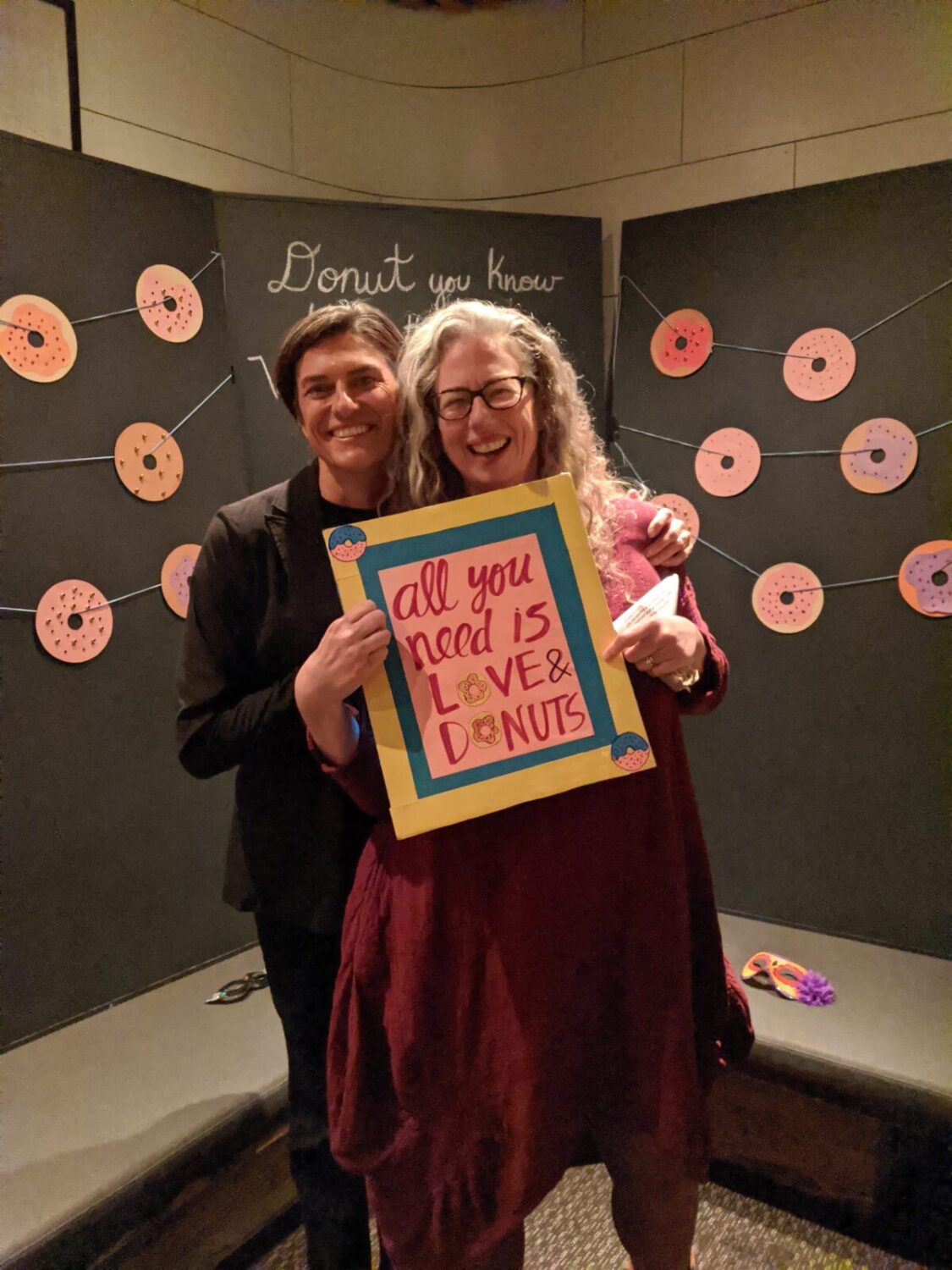
























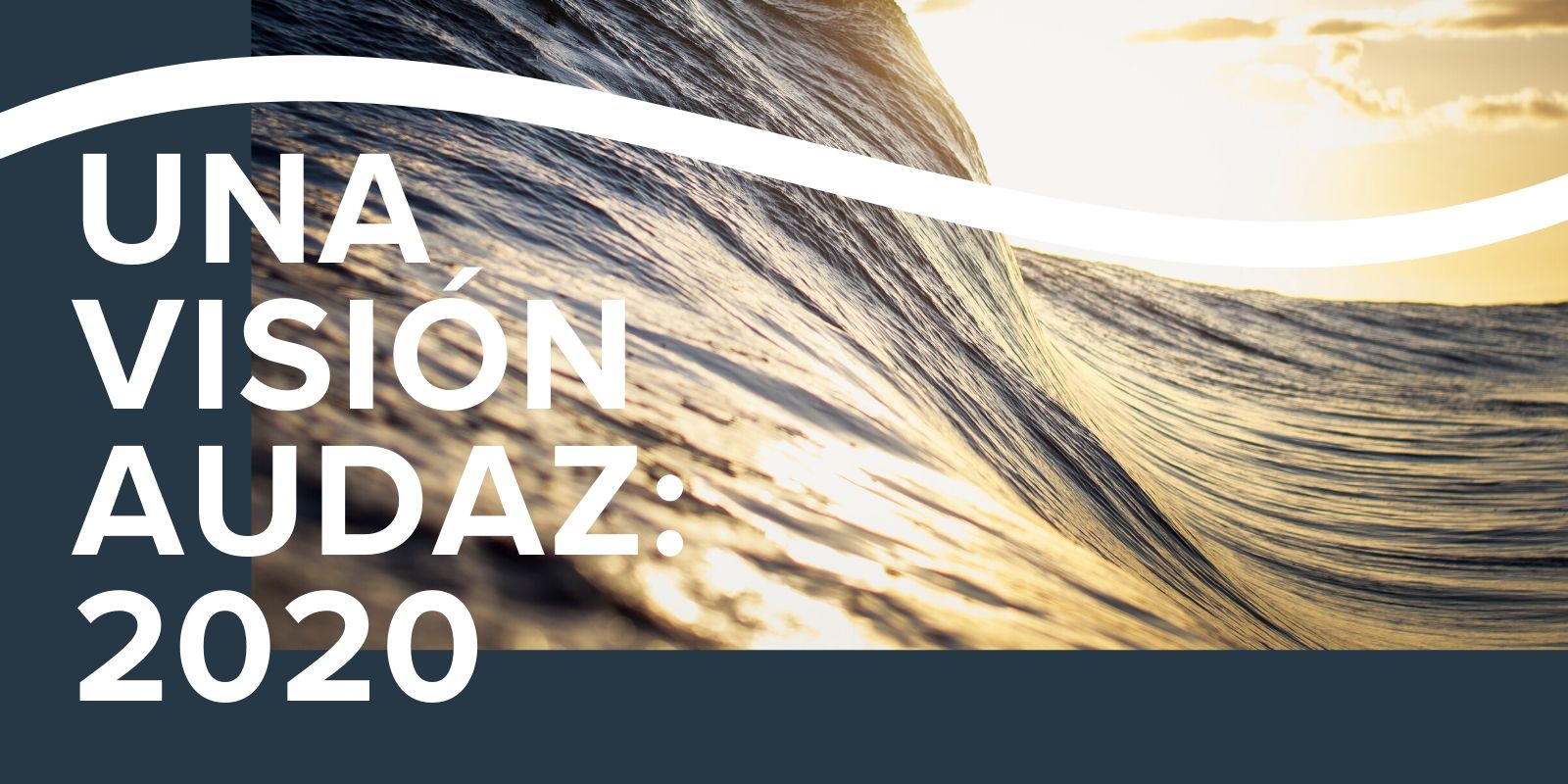


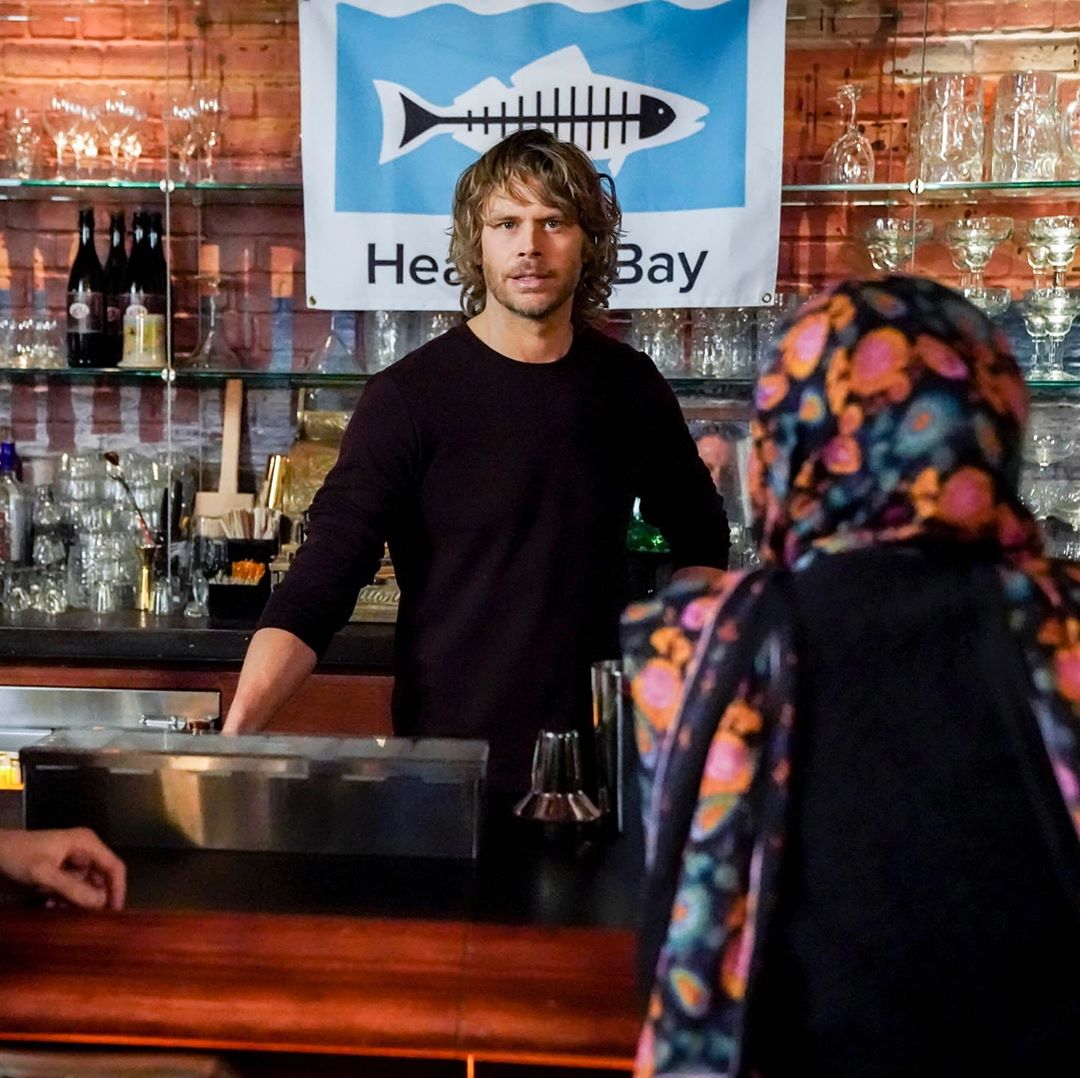

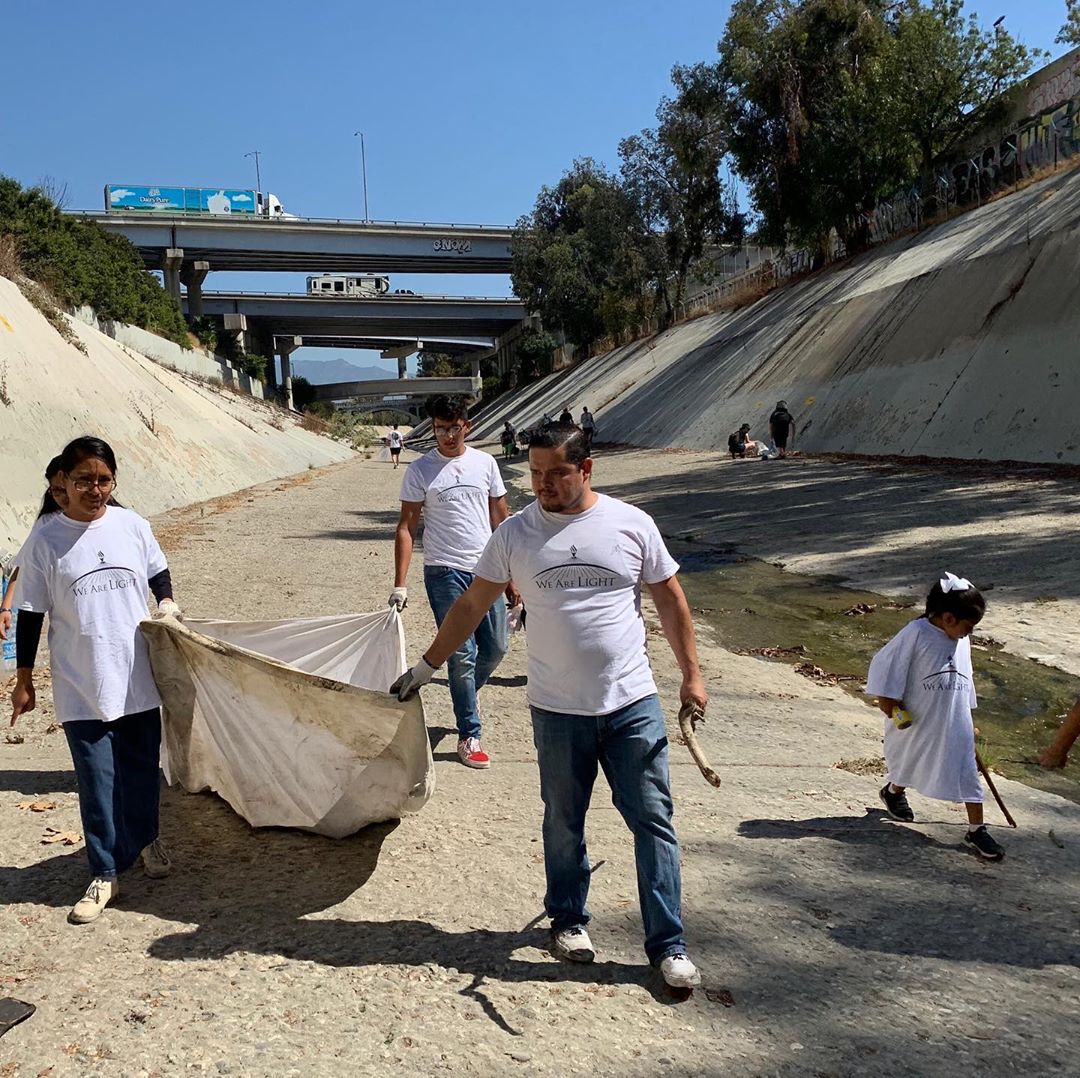
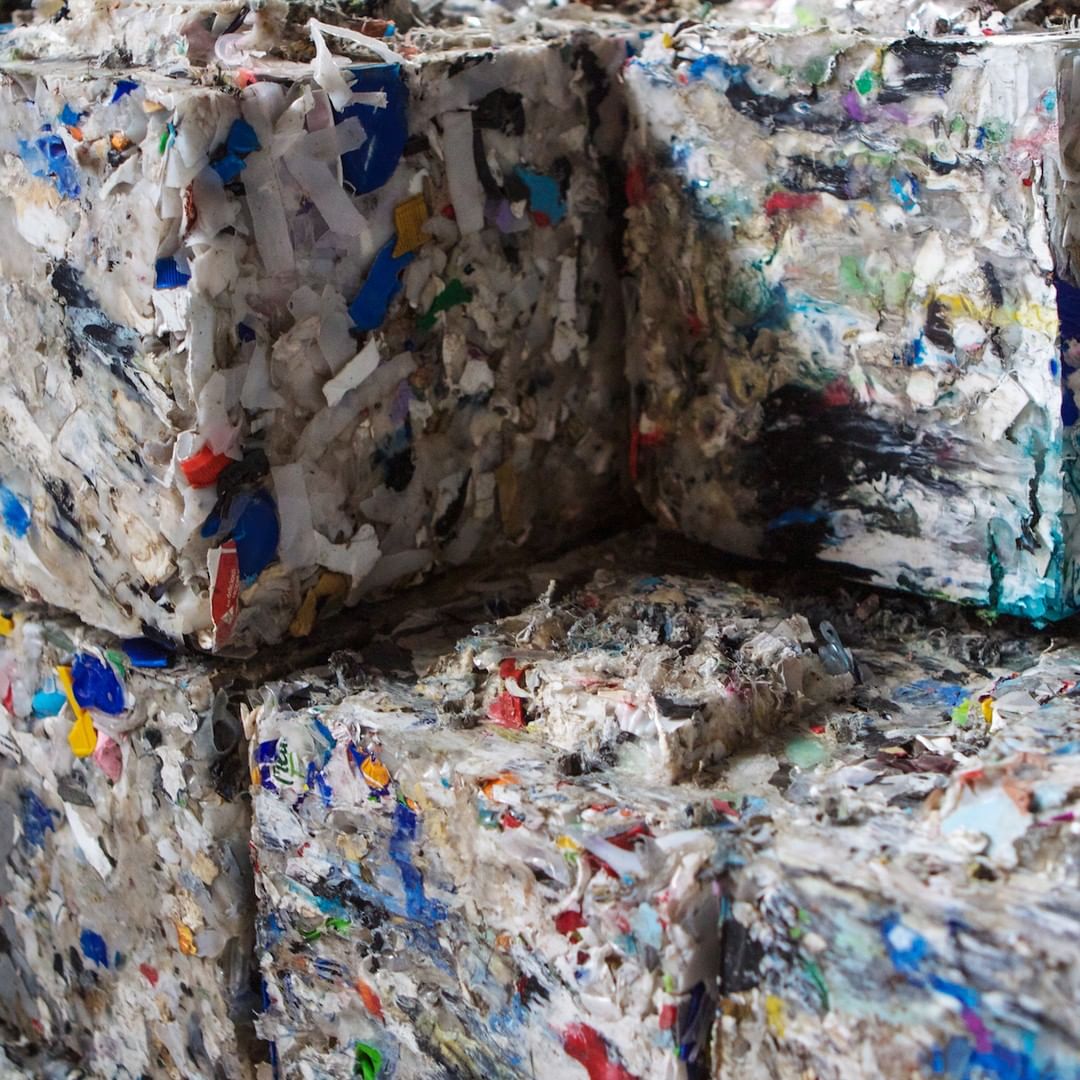

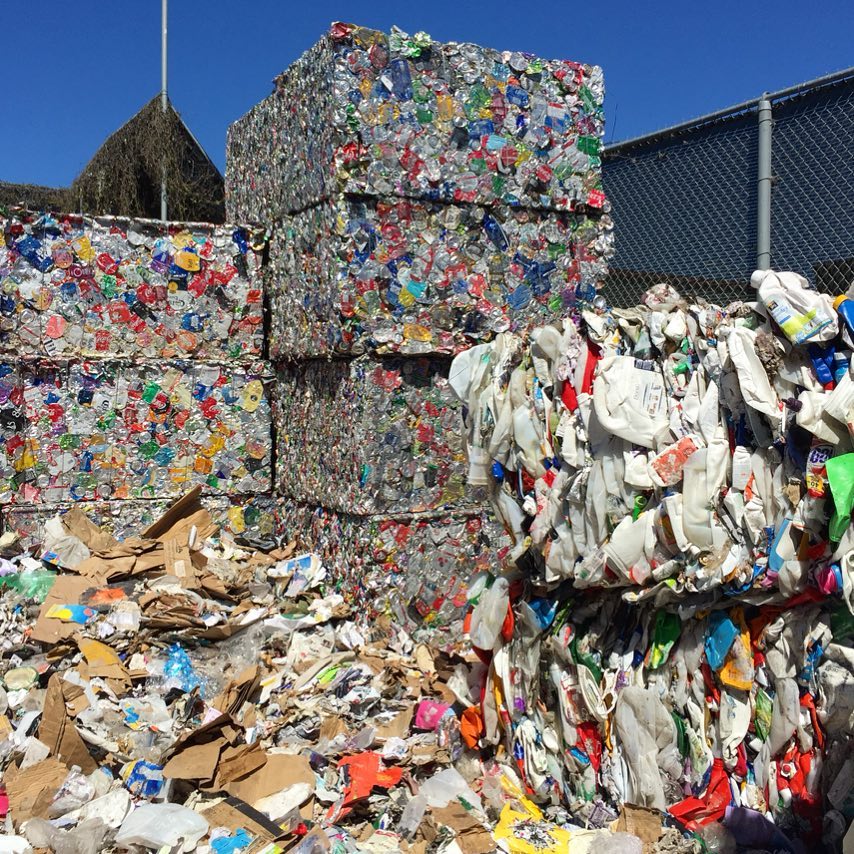
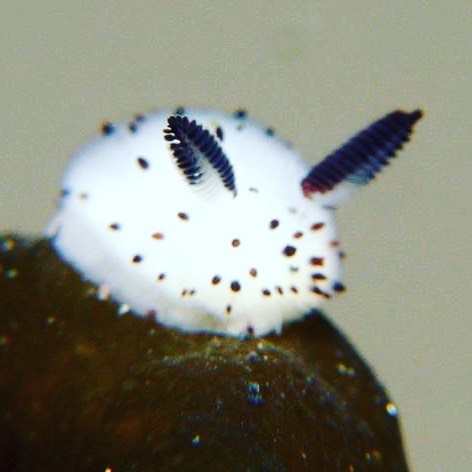
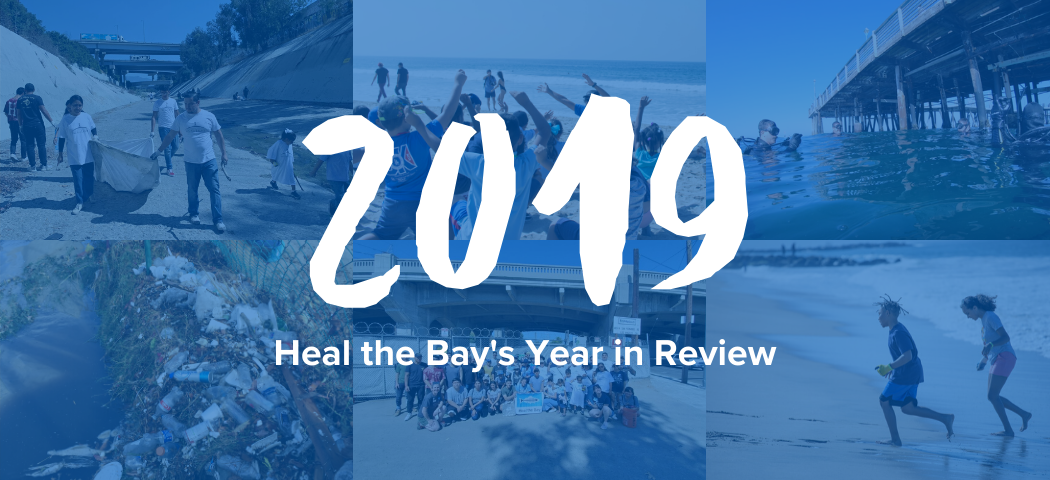
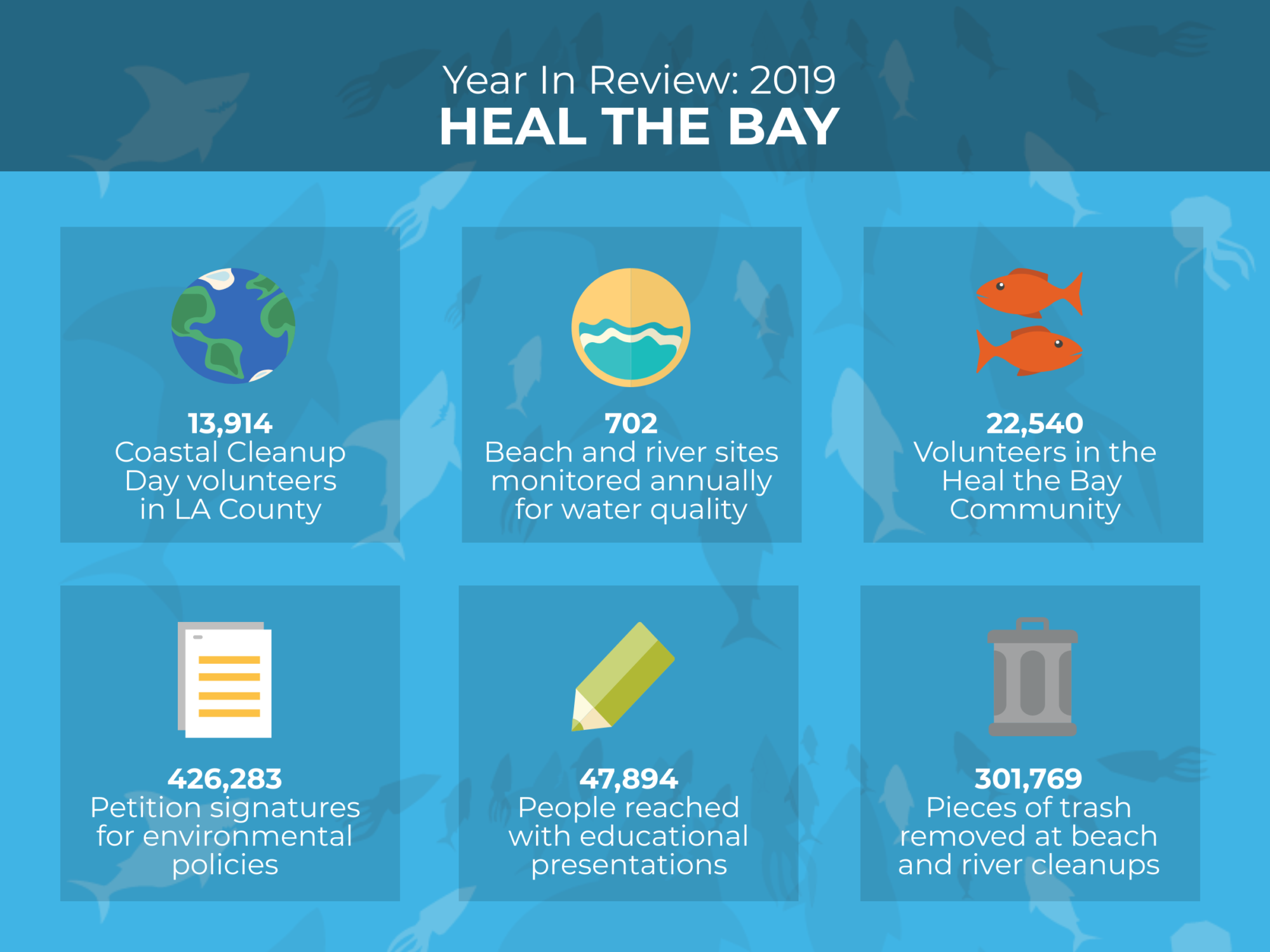



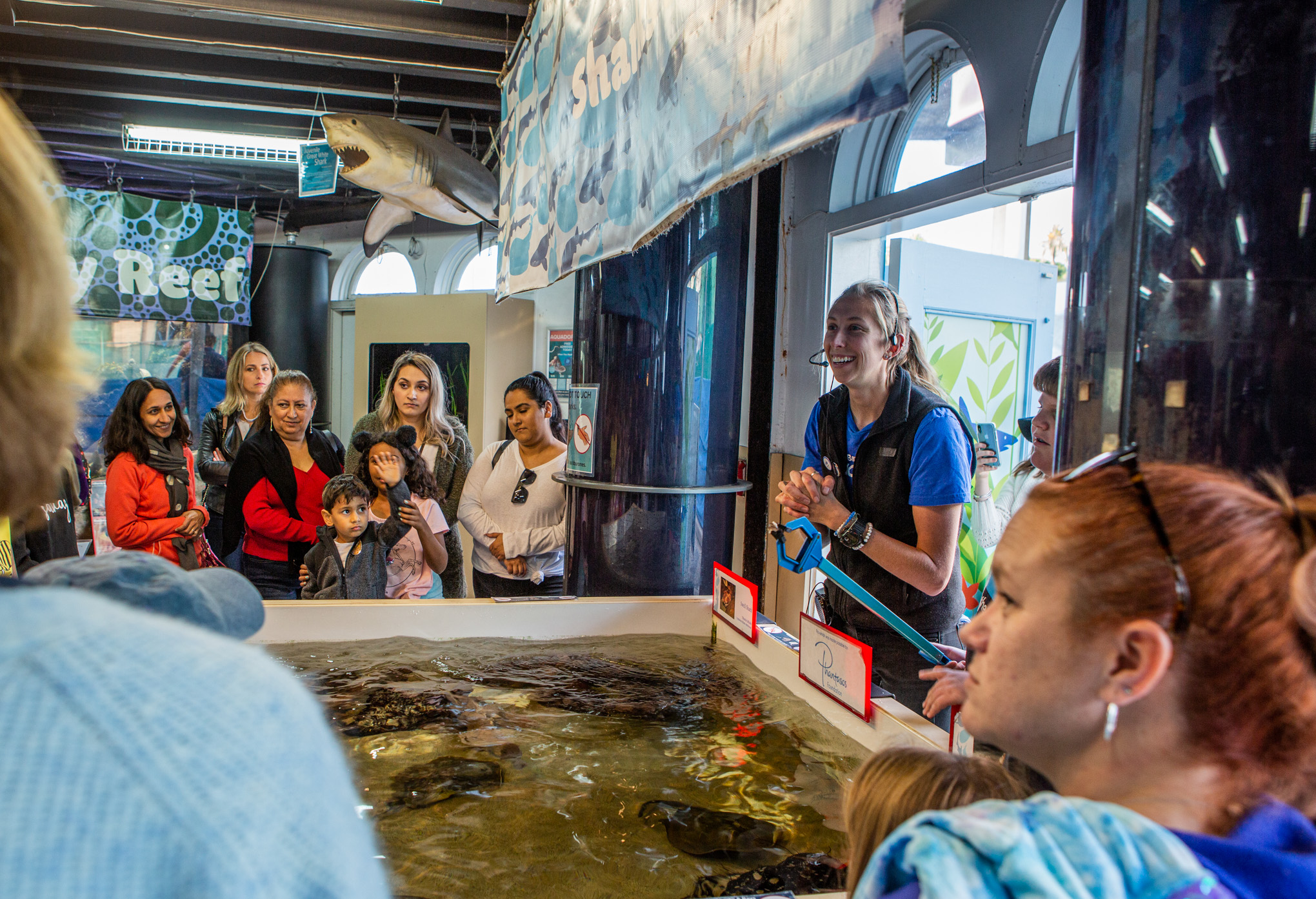
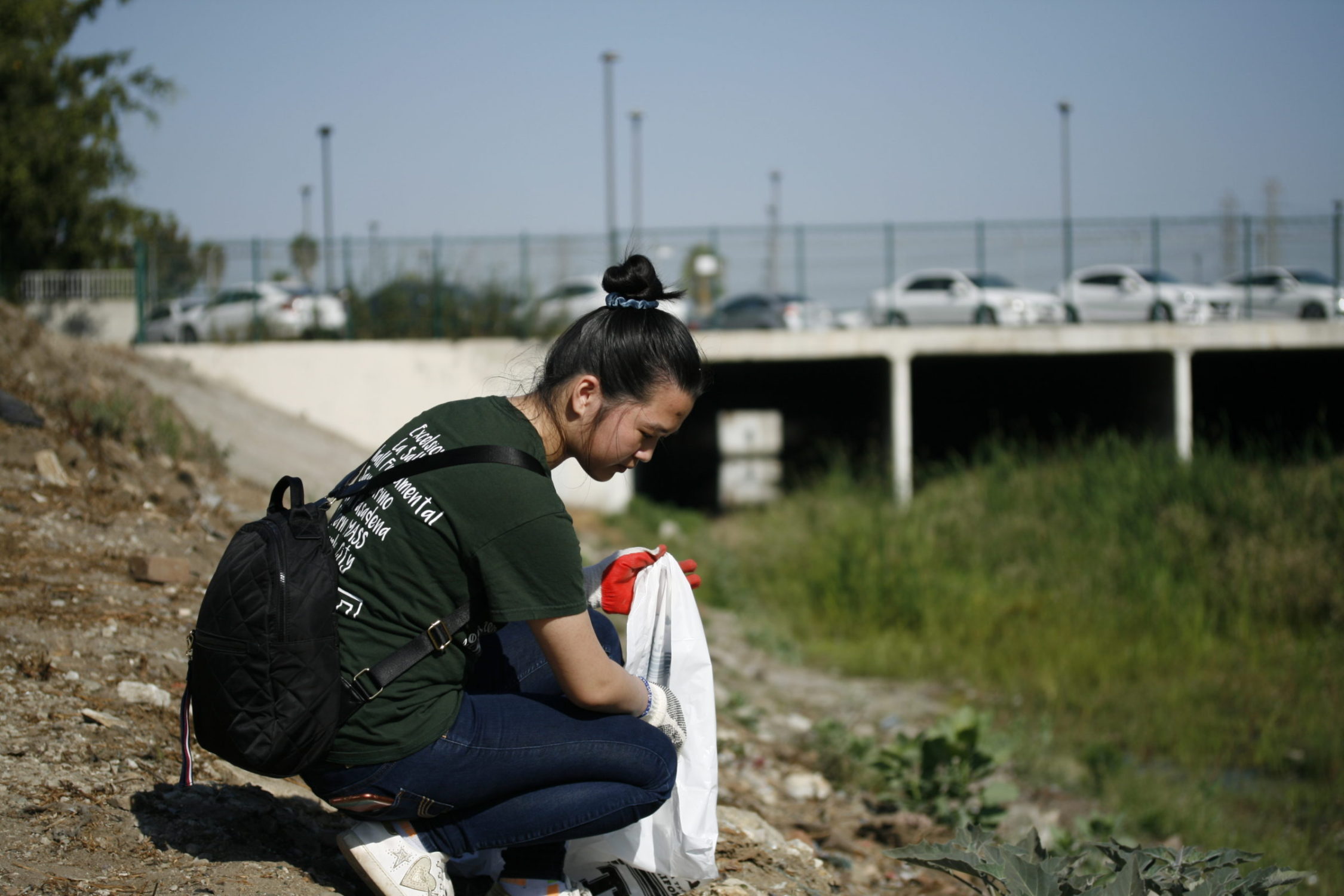
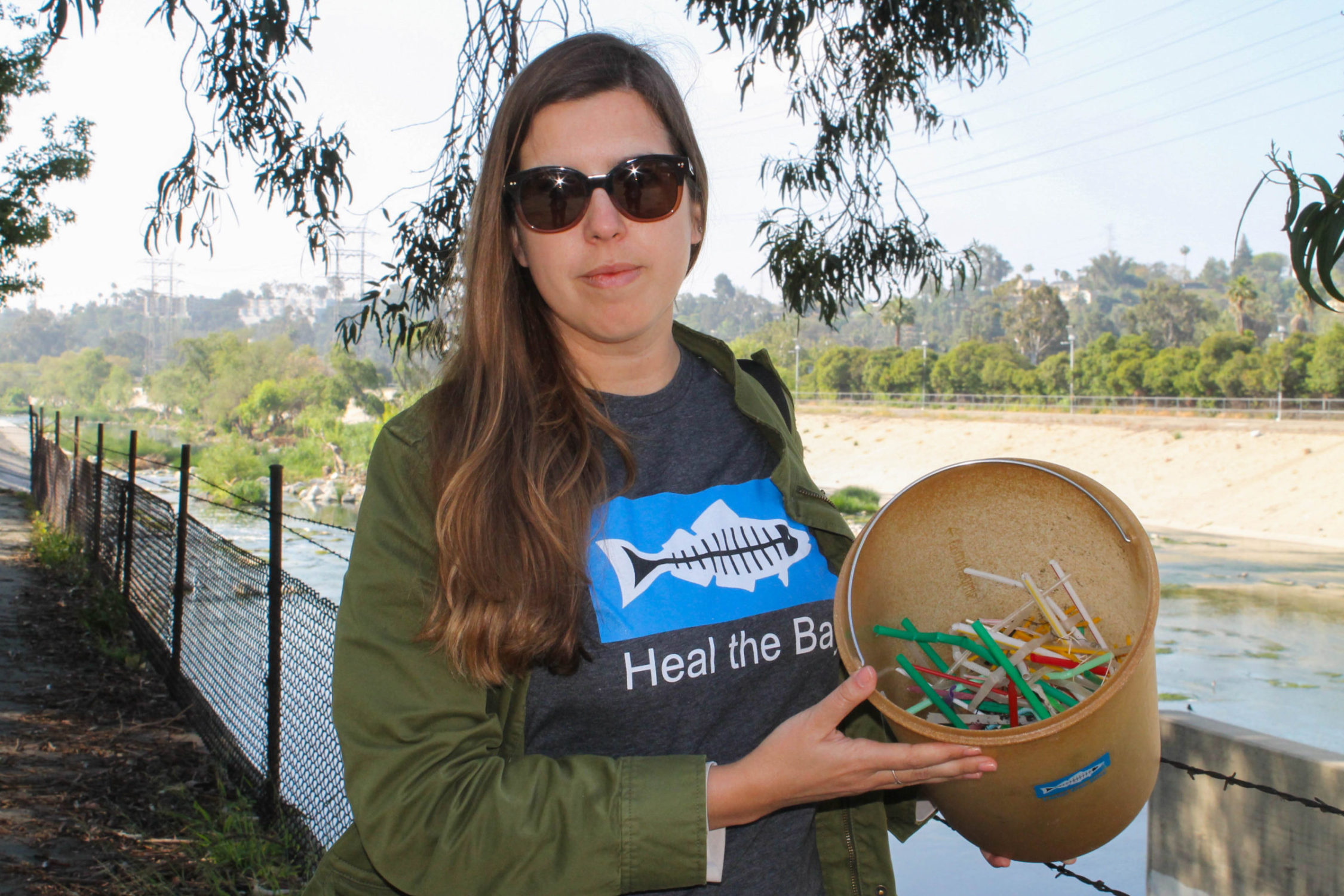

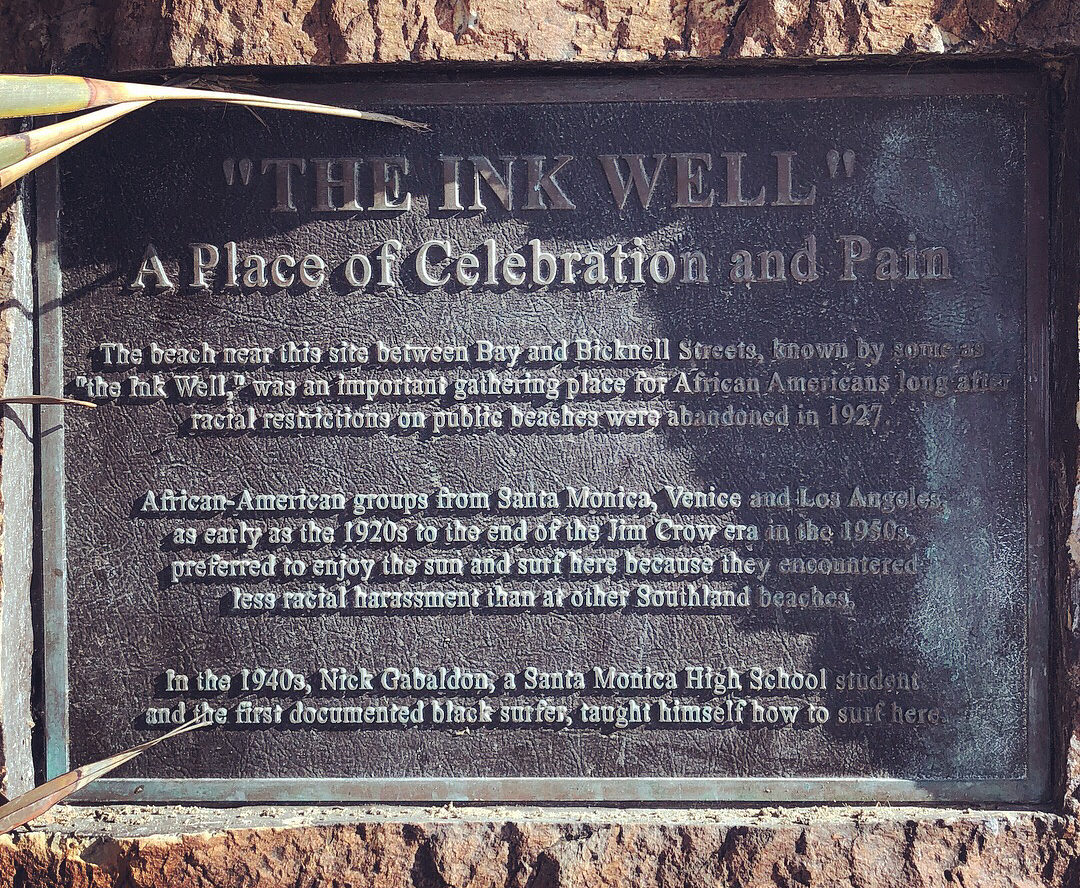

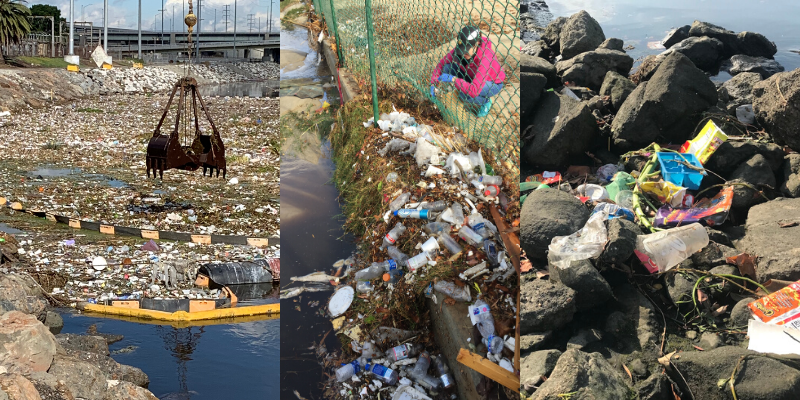
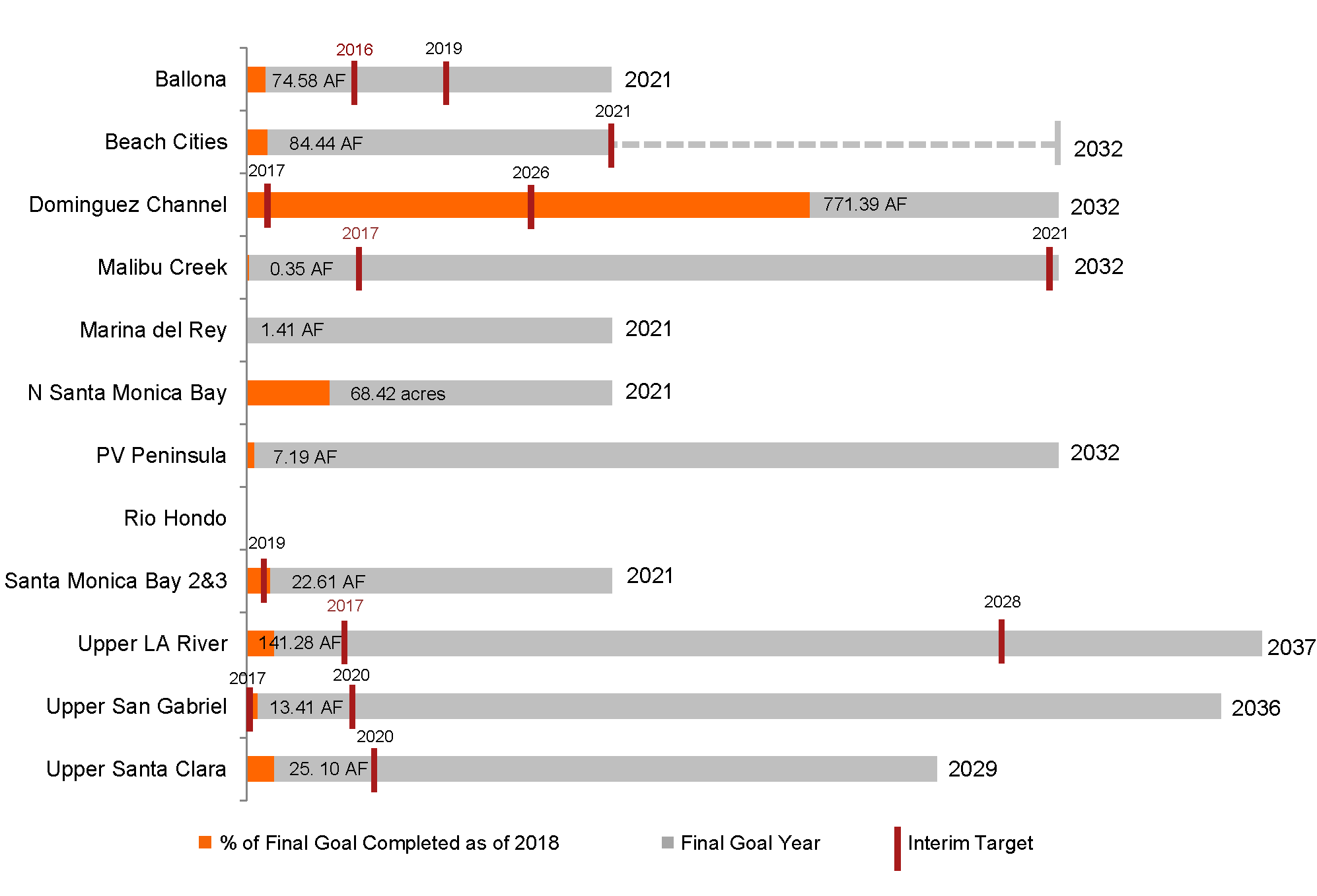 The graphic above is an overall aassessment of progress for each of the 12 watershed management groups, based on either total retention capacity in acre feet (AF) or total area addressed (acres). Each grey bar represents the final goal for each group, labelled with the final deadline to reach this goal. The orange portion of the bar represents the retention capacity of projects completed since the 2012 Los Angeles County MS4 Permit was approved, as a percentage of the total goal. Interim targets, when provided, are displayed with red vertical lines as a percentage of the total goal, and labeled with the relevant interim deadline year. A final goal was not provided in the Rio Hondo group, so progress cannot be displayed. Only an interim goal was provided in the Beach Cities group, so the final goal was uncertain, identified with a dashed line above.
The graphic above is an overall aassessment of progress for each of the 12 watershed management groups, based on either total retention capacity in acre feet (AF) or total area addressed (acres). Each grey bar represents the final goal for each group, labelled with the final deadline to reach this goal. The orange portion of the bar represents the retention capacity of projects completed since the 2012 Los Angeles County MS4 Permit was approved, as a percentage of the total goal. Interim targets, when provided, are displayed with red vertical lines as a percentage of the total goal, and labeled with the relevant interim deadline year. A final goal was not provided in the Rio Hondo group, so progress cannot be displayed. Only an interim goal was provided in the Beach Cities group, so the final goal was uncertain, identified with a dashed line above.